Geosynthetics Testing
Contents
What Is Geosynthetics?
Geosynthetics is a general term of synthetic products which are applied in the geotechnical engineering and civil engineering to stabilize terrain.
Types of Geo-synthetics
- Geotextiles
- Geomembranes
- Geogrids
- Geonets
- Prefabricated Vertical Drains(PVD)
- Geosynthetic Clay Liners(GCL)
- Geocells(3-d confinement)
- Geobags/Geotubes
- Geocomposites &Geo-others
Function & Application
Different products of geosynthetics have different features and functions and can be applied to many engineering fields.
There are six main functions that geosynthetics can provide and many products provide one or more of these functions.
Preventing intermixing of soil types or soil/aggregate to maintain the integrity of each material yet still allow the free passage of liquids/gases. Commonly used in between sub-base/subgrade and around drainage materials.
Allowing fluids and gases to flow both through the plane of the material. Commonly used as components in geocomposites used for surface water runoff or for gas collection under membranes.
Restraining soil particles subject to hydraulic forces whilst allowing the passage of liquids/gases. This
function is often partnered with separation e.g. in coastal defence applications or wrapped drains.
Application of Geosynthetics
Applied fields:
- Geotechnical Engineering
- Civil Engineering
- Water Conservancy Project
- Environmental Engineering
- Traffic Engineering
- Municipal Engineering
- Land Reclamation Project,etc.
Some Geotextile Testing Equipment
DW1320 Vertical Water Permeability Test Apparatus for Geostextile
Transparent construction, convenient to observe whole processes of test; Use stainless steel lifting screw to adjust max. water head height and servo control system to keep water head constant; Equipped with water cycling system; Water flow velocity precisely controlled by servo control system instead of water tap;Timer to time the whole process of test.
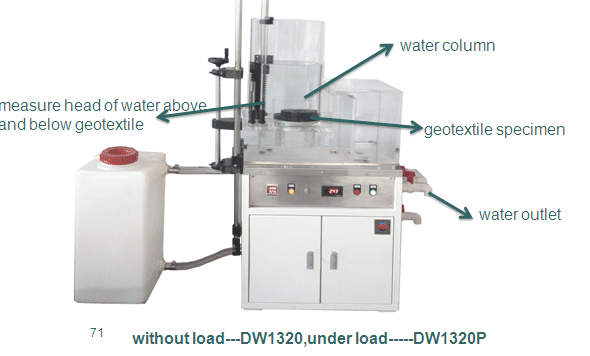
Constant Head Test(ASTM D4491)
Vertical Water Permeability Test without Load
- Place the specimen in clamp
- Holding the head at 50 mm
- Record the values of time (t), quantity of flow (Q) as collected from the discharge pipe, and water temperature (T)
- Make at least five readings per specimem
- Average value of permittivity is reported
Calculate the Permittivity
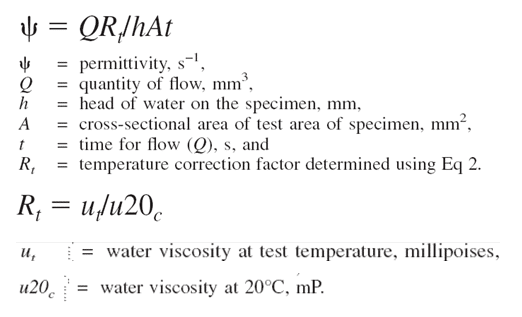
DW1380 In-plane Water Flow Rate Test Apparatus
- Geotextile specimen size is 305*300mm(L*W)
- Geotextile should be sandwiched between two thick rubber sheets to prewent any leakage
- Exhaust gas and check the sealing condition under the normal pressure of 5 to 10 kPa
- Normal pressure of 25kPa is applied on the specimen
- Test is performed at different gradients of 0.25,0.5 and 1.0
- Record the values of time (t), and the volume of water(V)
- Make at least three readings per specimem
- Average value of flow velocities is reported
- Repeat the test under the normal pressure of 100and 250 kPa.

Plastic Carbon Black Dispersion Test ASTM D5596
This test method consists of two parts:
- Microtome specimen preparation
- Microscopic evaluation
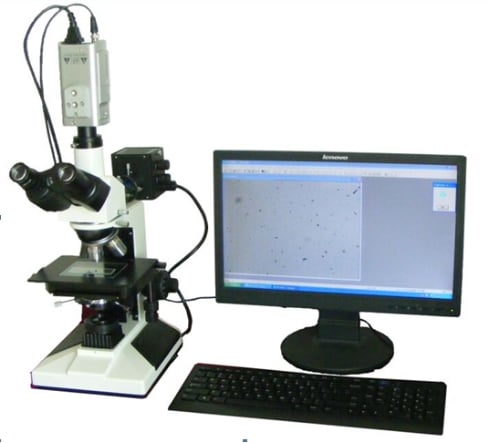
If you need more about Geotextile Machine or Geotextile Testing , please send email to [email protected].

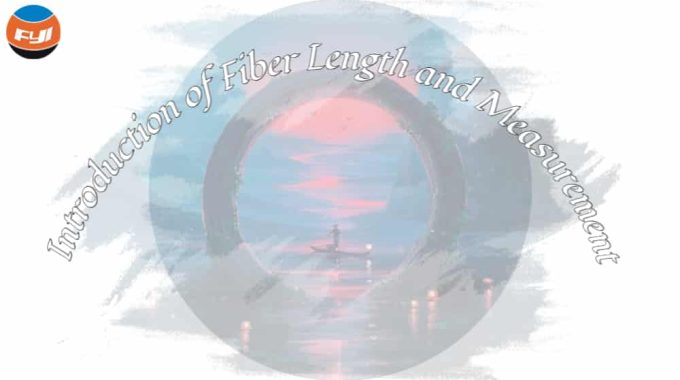
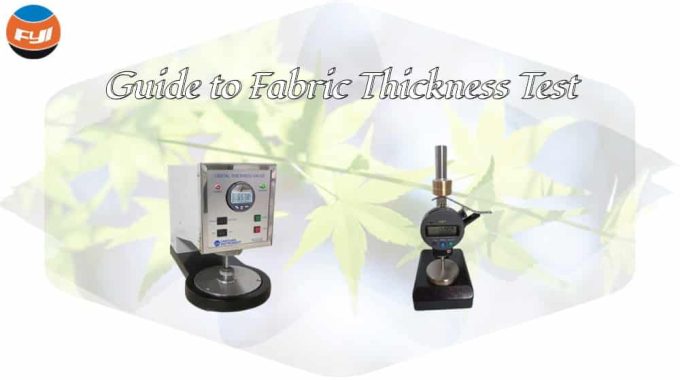
Fyi-tester, thanks! And thanks for sharing your great posts every week!
THANKS A LOT .
Pretty! This was an extremely wonderful post. Thanks for supplying these details.